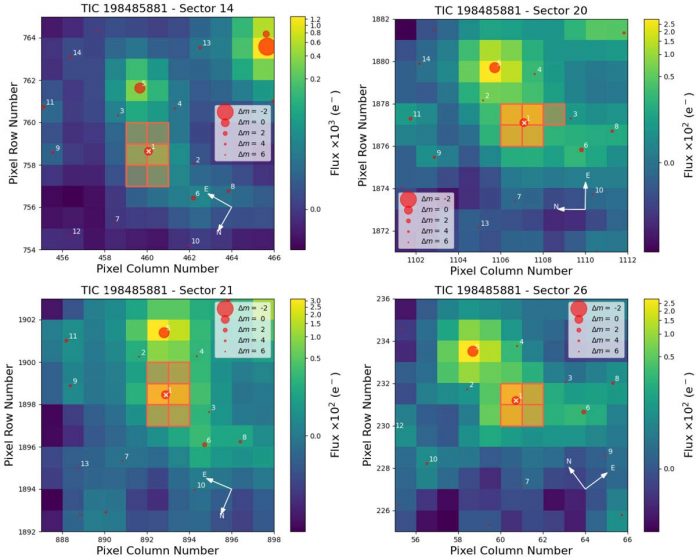University of Bern researchers have discovered a sub-Neptune exoplanet orbiting a red dwarf star. This discovery was made by the SAINT-EX observatory in Mexico. SAINT-EX is run by the Centre for Space and Habitability (CSH).
“Red dwarfs” are smaller and cooler than our Sun. Around these stars liquid water is possible on planets much closer to the star. The closeness of a planet is to its host star enables it to detect is easily.
This finding has been published in Astronomy & Astrophysics. Scientists reported in their research paper the discovery of the exoplanet TOI-2257 b which was orbiting a nearby red dwarf.
A special telescope is part of the solution
Exoplanets, far from our solar system cannot be observed directly with a telescope. Because they are too small and have little light. Scientists have used transit method. This method includes using telescopes to look for dips in the star’s brightness. This brightness comes when planets pass in front of the star. The scientists repeated their observations in the dips of the star’s brightness. This gave precise measurements of the planet’s orbital period around the star. The depth of the transit allows scientists to determine the planet’s diameter. The planet density can be calculated by combining planet mass.
TOI-2257 b was identified by NASA’s Transiting Exoplanet Survey Satellite TESS space telescope. It was observed for a total of four months. But there were gaps between observations. The decrease in brightness of a planet cannot be explained by the transit which has an orbit of 176, 88 and 59 days.
Scientists then used the Las Cumbres Observatory Global Telescope. This telescope has pointed out the possibility of a planet which has 59-day orbital period as the reason behind the drop in brightness.
The SAINT-EX telescope was built to study red dwarfs and their planets in details. SAINT-EX stands for Search And characterIsatioN of Transiting EXoplanets. The partial transit of TOI-2257 b was observed by SAINT-EX. It has also confirmed the exoplanet’s exact orbital period around its star, which is 35 days.
A temperate planet with an irregular orbit
TOI-2257 b orbits its host star at a distance where liquid water is possible on the planet. Favourable conditions of life exist on the planet. This planet has a “habitable zone” and it has shorter orbital periods, so, it can be observed more often. TOI-2257 b is gaseous and its atmospheric pressure not conducive to life.
Further observations of the radial velocity of the star will help the scientists to confirm the eccentricity that could not be observed in transit.
Candidate for observation with JWST
The James Webb Space Telescope (JWST) will revolutionize research into exoplanet atmospheres. A transmission spectroscopy metric (TSM) was developed to prioritize good candidates for observations with the JWST. TSM has recognized TOI-2257 b as a candidate for further observations.

